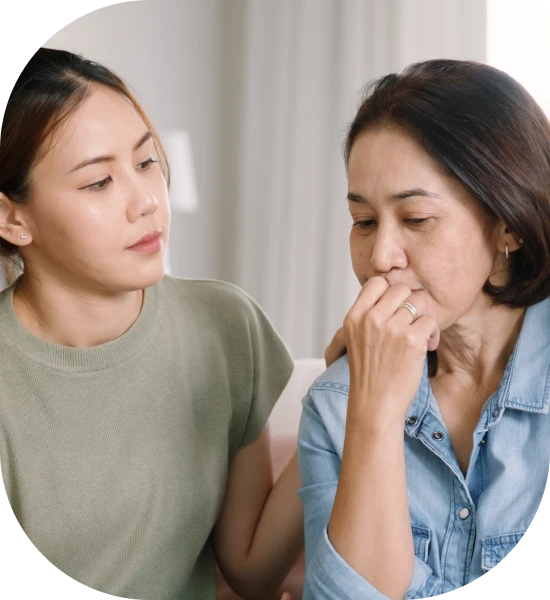Many women live with Polycystic Ovary Syndrome (PCOS) without realising fact from fiction. This […]

Osteoporosis is a condition where your bones become weak and easily fractured. Older women who have reached menopause are at higher risk of developing osteoporosis due to low estrogen levels. Read more about osteoporosis here. If you have an estimated 10-year risk of hip fractures ≥3% and major osteoporosis-related fractures ≥20%, or already sustained an osteoporotic fracture, treatment is recommended.
The most common treatment for osteoporosis is bisphosphonates. These slow down the process of bone breakdown and removal. Common ones include:
These can help reduce the side effects of acid reflux. There is a slightly increased risk of osteonecrosis of the jaw – do let your dentist know if you need any invasive dental work done.
You will be asked to repeat your bone mineral density (BMD) test in a few years after starting treatment to monitor for your response to treatment.
Yes, it is recommended that you do the following in addition to taking your medications:
Many women live with Polycystic Ovary Syndrome (PCOS) without realising fact from fiction. This […]
Within the realm of women’s health, the terms “fibroids” and “cysts” are often mentioned […]
Ovarian cysts are common gynaecological disorder, occurring in 10-20% of women. Ovarian cysts are […]

Aster Gynaecology © | All Rights Reserved.